How We Really Got The Bible Part 1
If you have been taught that the Catholic Church discourages or has discouraged reading of the Bible, you probably believe that the Catholic Church is corrupt, maybe even apostate. In this 4-part blog on how we really got the Bible, I’ll explain why you need to reconsider what you have been taught about the Bible and its relationship with the Catholic Church.
You might find it interesting to know that the origin of the Bible is not agreed upon by all Christians.
All Christians agree that the Bible is inspired by God. In saying this, we mean that God is the actual author and that he caused the human writers of each book to write what they wrote.
All Christians believe the Bible is without error. In saying this, we mean that when properly understood, the Bible teaches only truth, and does not teach anything immoral or contrary to the Christian faith.
In fact, there are a long list of things that all Christians agree on when it comes to the Bible. We believe the Old and New Testaments work together to tell the story of salvation history; We believe that the entire Bible is centered on Jesus, even the Old Testament; We agree on the names and identity of many of the authors of the New Testament: etc…
But if you ask a non-Catholic Christian how we actually came up with the Bible that we have today, many will simply shrug their shoulders or they will talk about vague and generalized events from centuries ago that resulted in the King James Bible.
But Catholics (at least Catholics who have taken the time to study a little history) can tell you exactly how we got the Bible. The Bible you have today, even the King James, exists as it does today, because the Catholic Church compiled all the books, centuries ago. Some non-Catholic Christians do not like to admit this. Other non-Catholic Christians have never learned this. Why all the misinformation among non-Catholic Christians? Let me explain:
Some non-Catholic Christians do not like to admit the Bible was originally compiled by the Catholic Church, because to do so is to admit to the Catholic Church’s wisdom and authority. You see, many non-Catholic Christians subscribe to the man-made tradition of “Sola Scriptura”, which means, “Bible Alone”. These Christians believe that the Bible is the ultimate authority on all matters of faith and morals and that the Catholic Church is corrupt because the Catholic Church teaches that Tradition is equivalent to scripture. Many non-Catholic Christians are even more unsettled to learn that the Catholic Church teaches that it has the sole authority to interpret scripture. Many non-Catholic Christians believe that each individual has the authority to interpret scripture.
Therefore, any non-Catholic Christian who accepts the Catholic origin of the Bible, has to accept that they would not have the Bible if it were not for the Catholic Church. That is a bitter pill to swallow for some people.
This leads to the reason many non-Catholic Christians have never learned the true origin of the Bible: Their pastors, parents, teachers, theologians and denominations have glossed over the history of how we got the Bible because they don’t want to admit the Catholic origin.
Therefore, most non-Catholic Christians are given the bare basics in Sunday School or when they specifically ask about the origin of the Bible. Almost everybody knows about the inspiration and inerrancy, but once they learned that, they skip right to the King James Version. Others are told fascinating tales about conspiracies, torture, executions, secrecy and manipulation in order to convince them that the Catholic Church did not want anyone to know about the Bible for centuries and that a man named Martin Luther finally came on the scene and presented the Bible for all the world to see. There is no doubt that these tales are very interesting, especially to young non-Catholic children and those Catholics who fall into the hands of non-Catholics who want to lead them away from the Catholic Church. The truth is, these anti-Catholic tales are, at best, half-truths.
In other words, things are not as you have been led to believe if you believe that the Catholic Church has tried to keep the Bible away from the common person.
Let’s start by looking at the actual history of the Bible we have today by way of a bit of a timeline:
A.D. 100 – Many accounts of Christ’s life are written down by now, as well as all 27 books that would become the New Testament.
- No spaces between words, no chapters, no verses and several different languages are likely used.
- Many forgeries and heretical texts are written and spread.
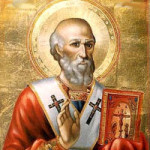
A.D. 367 – St. Athanasius (A Catholic Bishop) designates 73 books as inspired.[1]
382 – At the Council of Rome, Pope Damasus I approves the list compiled by St. Athanasius and commissions St. Jerome (a Catholic priest) to translate the Greek and Hebrew into Latin.[2]
382 – St. Jerome begins translating the Latin Vulgate (finished in about 400) which includes all 73 books St. Athanasius had listed and the same 73 books we have in the Catholic Bible today.
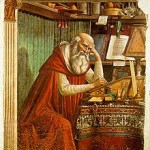
393 – Council of Hippo adopts the same 73 books St. Athanasius had listed and the same 73 books we have in the Catholic Bible today.[3]
397 – Council of Carthage approves the same 73 books St. Athanasius had listed and the same 73 books we have in the Catholic Bible today.

405 – Pope Innocent I approves the Canon approved at the Council of Carthage.[4]
419 – Council of Carthage reaffirms the same 73 books St. Athanasius had listed and the same 73 books we have in the Catholic Bible today.[5]
So, as you can see, starting in the mid-4th century, the Church had already established which books are in the Bible you hold today. Well, that is if your Bible’s publisher ignored the changes Martin Luther tried to make to the Bible in the 1500’s, but we will get to that in my follow-up blogs. For now, the important thing to recognize is that there is an actual and identifiable source for the Bible you find on your bookshelf. It has remained substantially unchanged (from Genesis to Revelation), since A.D. 367, and it came through the work of the Catholic Church.
[1] Thirty-Ninth Festal Epistle of A.D. 367 as published in A Select Library of the Nicene and Post-Nicene Fathers of the Christian Church, Second Series, vol. 4 (New York: 1892), pp. 550-5
[2] Decree of the Council of Rome (AD 382) on the Canon of Scripture during the reign of Pope Damasus I (AD 366-384)
[3] Canon 47 of the Council of Carthage in 397 A.D.
[4] Letter To Exuperius 7 as published in, A General Survey of the History of the Canon of the New Testament (5th ed. Edinburgh, 1881), B.F. Westcott, pp. 570f and Journal of Theological Studies Volume 8, pg 231 (Oxford Press, 1907)
[5] Canon 24 of the Council of Carthage 419
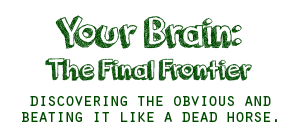
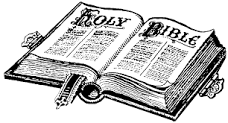
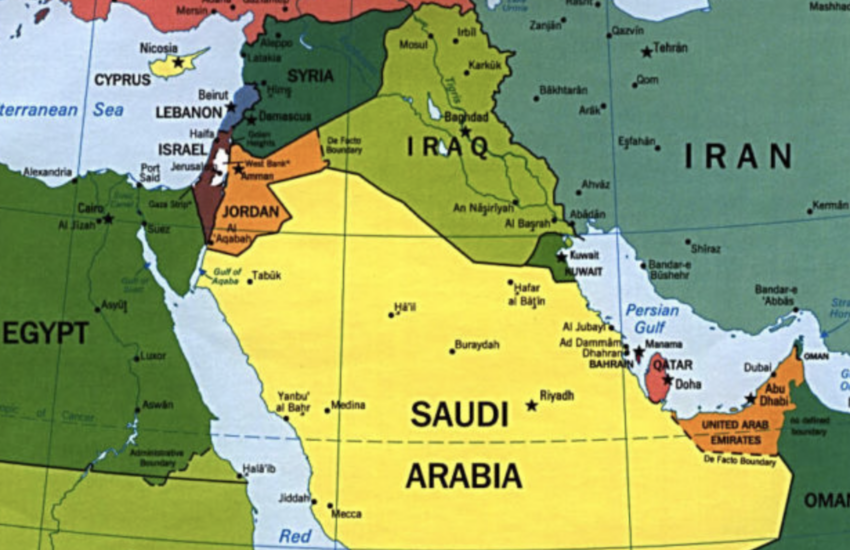


One thought on “How We Really Got The Bible Part 1”